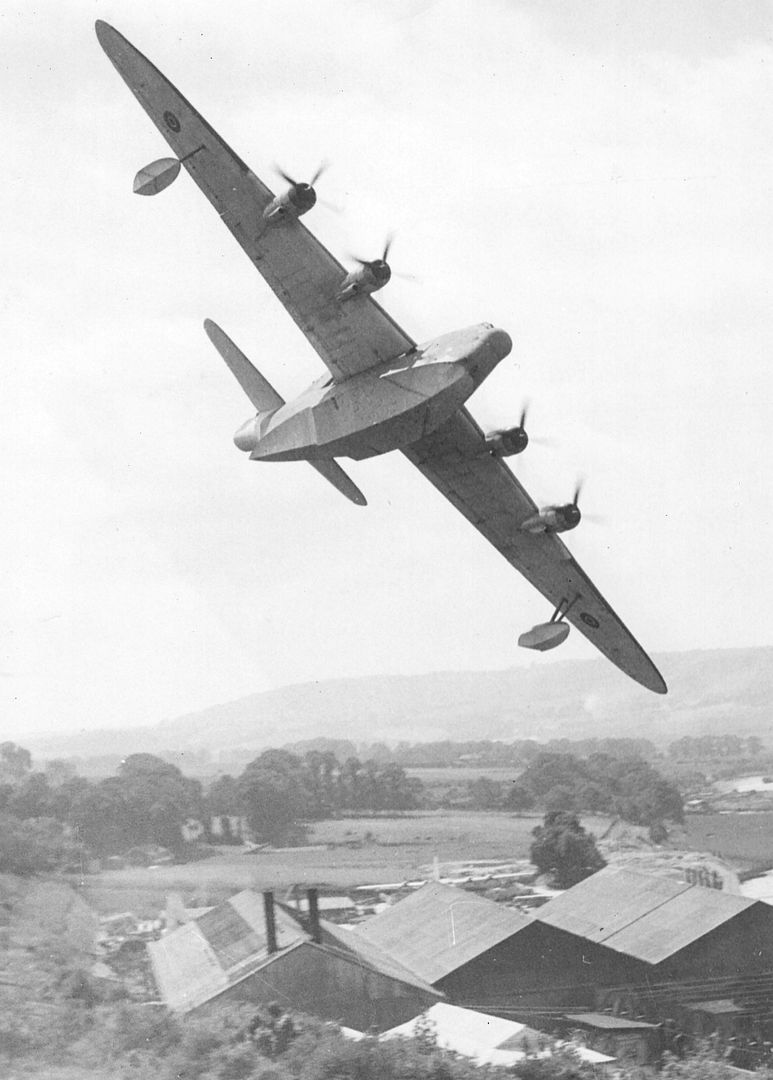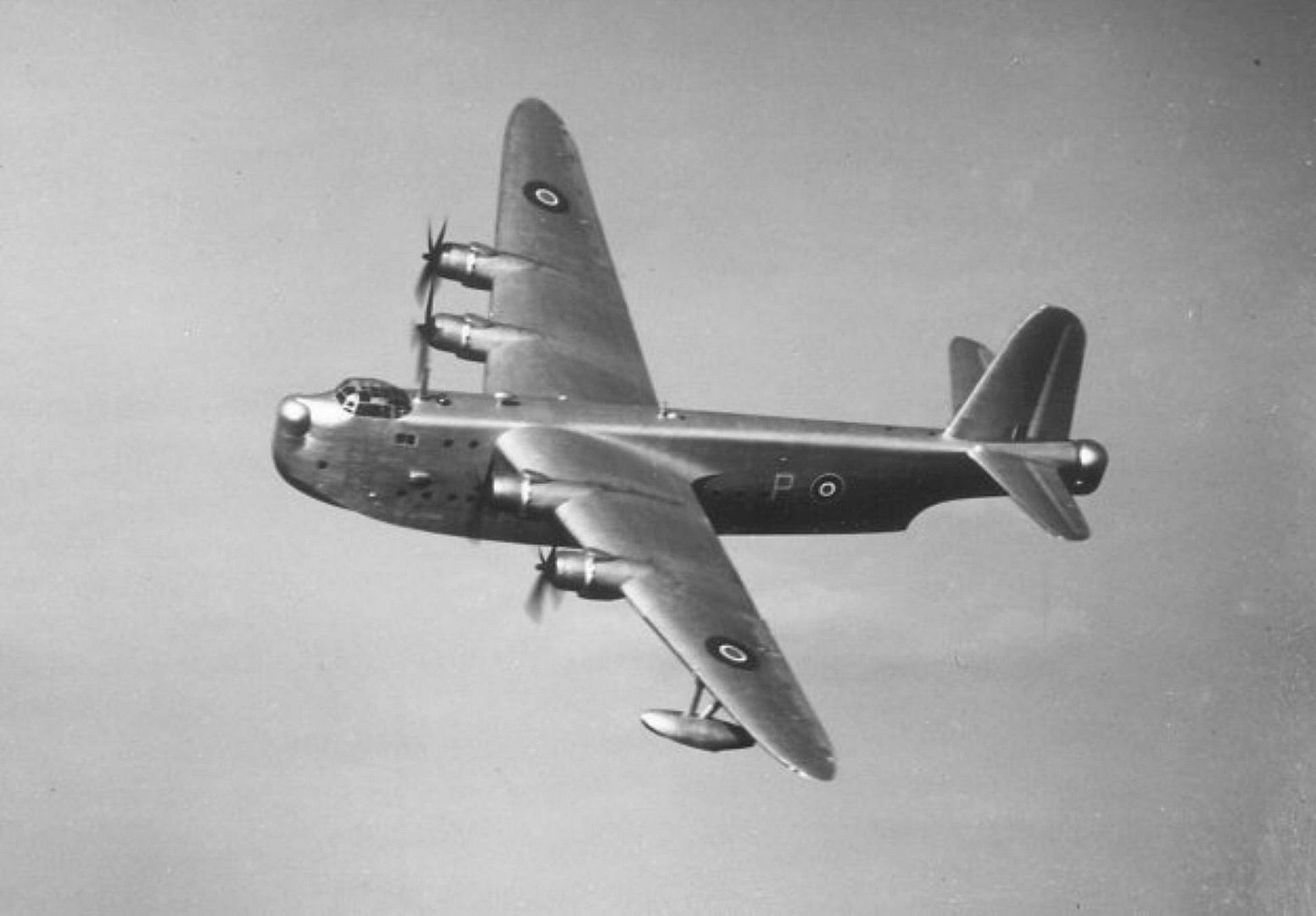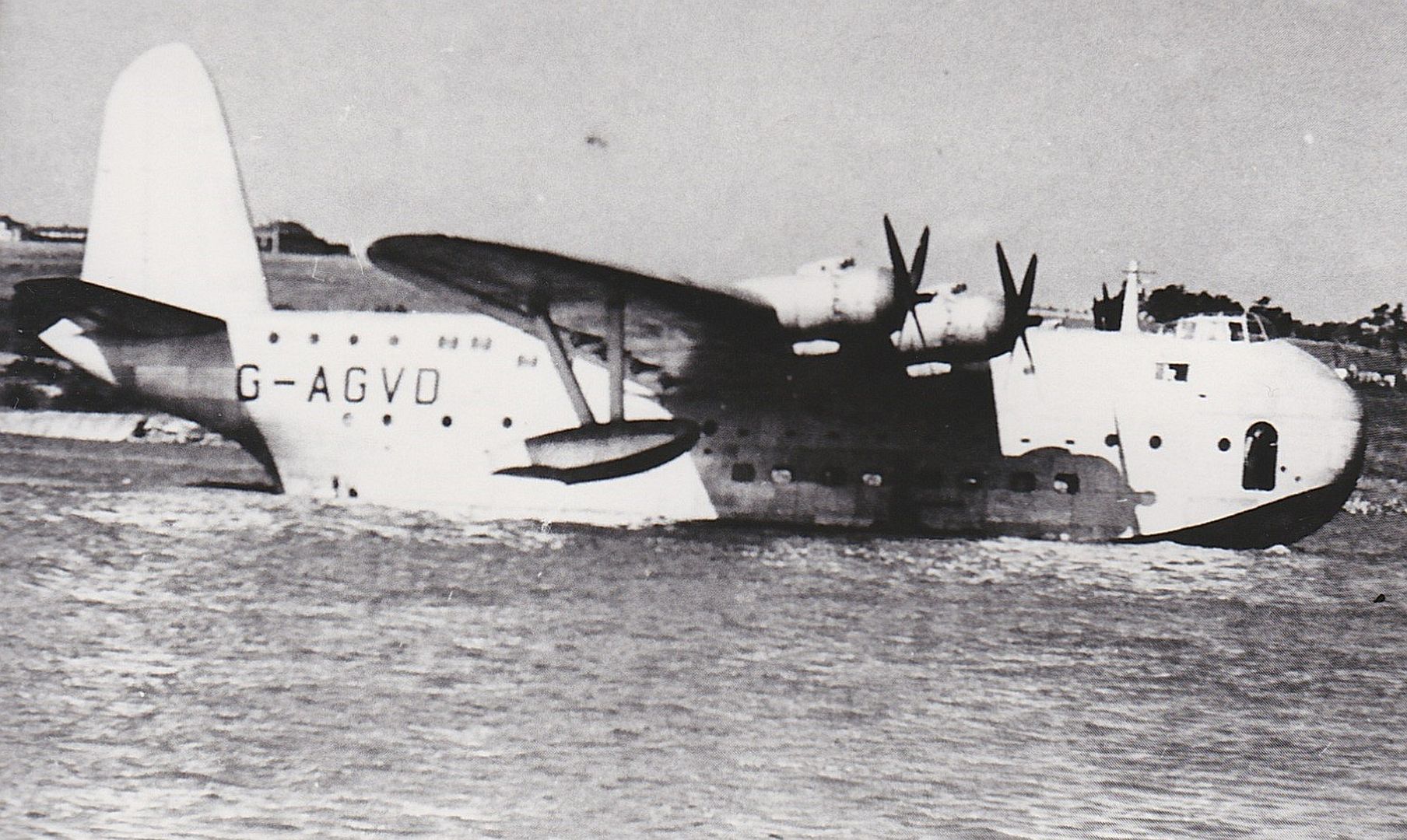Forums
- Forums
- Duggy's Reference Hangar
- RAF Library
- Short S.35 Shetland
Short S.35 Shetland
Post a reply
- Go to Previous topic
- Go to Next topic
- Go to Welcome
- Go to Introduce Yourself
- Go to General Discussion
- Go to Screenshots, Images and Videos
- Go to Off topic
- Go to Works in Progress
- Go to Skinning Tips / Tutorials
- Go to Skin Requests
- Go to IJAAF Library
- Go to Luftwaffe Library
- Go to RAF Library
- Go to USAAF / USN Library
- Go to Misc Library
- Go to The Ops Room
- Go to Made in Germany
- Go to Campaigns and Missions
- Go to Works in Progress
- Go to Juri's Air-Raid Shelter
- Go to Campaigns and Missions
- Go to Works in Progress
- Go to Skinpacks
- Go to External Projects Discussion
- Go to Books & Resources
-
 Main AdminThe Short Shetland was a British high-speed, long-range, four-engined flying boat built by Short Brothers at Rochester, Kent for use in the Second World War. It was designed to meet an Air Ministry requirement (defined in Specification R.14/40) for a very-long range reconnaissance flying boat. The design used the company's experience with large scale production of the Short Sunderland. The end of World War II prevented the Shetland from entering production; it was the first aircraft designed with a 110 volt electrical system. .
Main AdminThe Short Shetland was a British high-speed, long-range, four-engined flying boat built by Short Brothers at Rochester, Kent for use in the Second World War. It was designed to meet an Air Ministry requirement (defined in Specification R.14/40) for a very-long range reconnaissance flying boat. The design used the company's experience with large scale production of the Short Sunderland. The end of World War II prevented the Shetland from entering production; it was the first aircraft designed with a 110 volt electrical system. .
Design and development
Short S.35 Shetland I
The Short S.35 Shetland was designed to meet the requirements of Specification R.14/40 which called for a four-engined long-range reconnaissance flying-boat capable of carrying a 4,000 lb (1,814 kg) bomb load and heavy defensive armament. Designed and constructed by Short Brothers with the collaboration of Saunders-Roe, work was initiated in 1940, utilizing the results obtained from the small-scale test flights carried out with the Saunders-Roe A.37 in 1942/44, when the Shetland hull, tail assembly, and wing-tip float profiles had been evaluated.
Shorts were responsible for the manufacture of the larger part of the structure, and for assembly and flight testing, with Saunders-Roe in charge of the detail design and wing component manufacture, including flaps, ailerons, engine mountings and wing-tip floats. At the time of its appearance the Shetland was the largest British flying-boat ever built, only 50 ft (15.24 m) less in wing span than the American Martin Mars.

Powered by four 2,500 hp Bristol Centaurus XI sleeve-valve engines, the machine embodied several interesting technical developments, including the Rotol auxiliary generators which drove all ancillaries and supplied alternating current for the first time on any British aircraft, the reversible-pitch inner propellers for water maneuvering, and the Centaurus engines themselves, mentioned for the first time in connection with this aircraft. The huge hull, 110 ft (33.53 m) in length, had two decks and accommodated a crew of eleven, with gun turrets in bow, dorsal, and tail positions and full arrangements for crew comfort and operational duties for patrols of up to 25 hours duration.
Two prototypes were ordered, the first of these, serialled DX166, making its initial flight from the Medway on December 14, 1944, piloted by John Lankester Parker on his last assignment as chief test pilot after 38 years with the company. By this time many changes had taken place in operational requirements, and the prototype was not fully equipped for military duties, being fitted with dummy bow and tail turrets only and no military equipment
After intial manufacturers test flying and trials, DX166 was delivered to the Marine Aircraft Experimental Establishment (MAEE) at Felixstowe in October 1945. Testing indicated satisfactory water handling but the stabilising floats were mounted too low and did not offer sufficient clearance for takeoffs with maximum load. Flight testing revealed problems with the harmonisation of controls and marginal longitudinal stability.
A special visitor to Lake Windermere in January 1945 was the Short Shetland prototype DX166. The planned sucessor to the Sunderland, the hangar at Windermere was the only one large enough for the construction of the aircraft. Production would either have taken place at Windermere or, possibly the hangar would have been moved back to Rochester.
The prototype was built at Rochester but, without a hangar large enough, the final fitting out - incuding fitting the tail, had to be done outside. It was then not possible to get the aircraft back into the hangar to the weighbridge. So, she was flown to Windermere by test pilot John Lankester Parker for weighing and the essential centre of gravity calculations.
Before the trials were complete, they were halted by the complete loss of the aircraft by fire at its moorings at RAF Felixstowe on January 28, 1946. The Air Ministry board of Inquiry attributed the cause of the fire as being due to an overheating oven in the aircraft's galley. However, according to Colin Cummings' book "Final Landings" the more detailed explanation is:
"The port auxiliary generator was being used to charge the aircraft's batteries, and to provide heat in order to prepare hot drinks for the two ground crew on board, who had been tasked with "safety guard" duty. When the generators caught fire, due to the cooling shutters having been incorrectly closed while in use, the blaze spread, and the aircraft sank at its moorings. The two ground crew on board jumped out of the aircraft, into the water, and swam ashore"
Short S.40 Shetland II
With the end of the war, the second prototype (Serial Number DX171) was completed as a civil transport and designated Shetland II. It was designed to carry 70 passengers but only 40 seats were fitted. Registered "G-AGVD," the Shetland Mk. II's first flight took place on 17 September 1947. After trials, it was delivered to Short's factory at Belfast, but no orders were forthcoming and it performed only limited flight trials before being scrapped in 1951.














Specifications
General characteristics
Crew: 11
Length: 110 ft 0 in (33.53 m)
Wingspan: 150 ft 4 in (45.82 m)
Height: 37 ft 0 in (11.28 m)
Wing area: 2,624 sq ft (243.8 m2)
Empty weight: 75,860 lb (34,410 kg)
Gross weight: 120,000 lb (54,431 kg)
Max takeoff weight: 125,000 lb (56,699 kg)
Powerplant: 4 × Bristol Centaurus VII 18-cylinder air-cooled radial engine, 2,500 hp (1,900 kW) each
Performance
Maximum speed: 263 mph (423 km/h, 229 kn)
Cruise speed: 183 mph (295 km/h, 159 kn)
Range: 4,000 mi (6,400 km, 3,500 nmi)
Endurance: 25 hr 50 min
Service ceiling: 17,000 ft (5,200 m)
Rate of climb: 900 ft/min (4.6 m/s)
Armament
Guns: (as planned)
Three turrets, each with 2 × 0.5 in (12.7 mm) Browning machine guns in nose, mid-upper and tail positions; 1× 0.5 in machine guns in port and starboard beam positions
Bombs: Up to 4,000 lb (1,800 kg) of bombs or depth charges
Post a reply
- Go to Previous topic
- Go to Next topic
- Go to Welcome
- Go to Introduce Yourself
- Go to General Discussion
- Go to Screenshots, Images and Videos
- Go to Off topic
- Go to Works in Progress
- Go to Skinning Tips / Tutorials
- Go to Skin Requests
- Go to IJAAF Library
- Go to Luftwaffe Library
- Go to RAF Library
- Go to USAAF / USN Library
- Go to Misc Library
- Go to The Ops Room
- Go to Made in Germany
- Go to Campaigns and Missions
- Go to Works in Progress
- Go to Juri's Air-Raid Shelter
- Go to Campaigns and Missions
- Go to Works in Progress
- Go to Skinpacks
- Go to External Projects Discussion
- Go to Books & Resources
